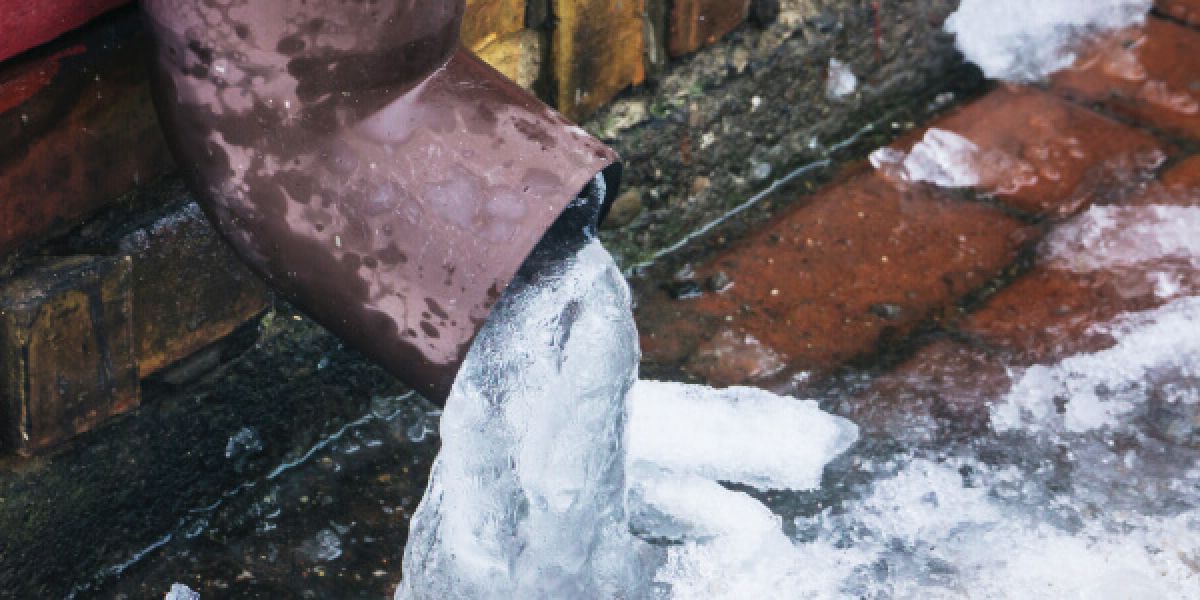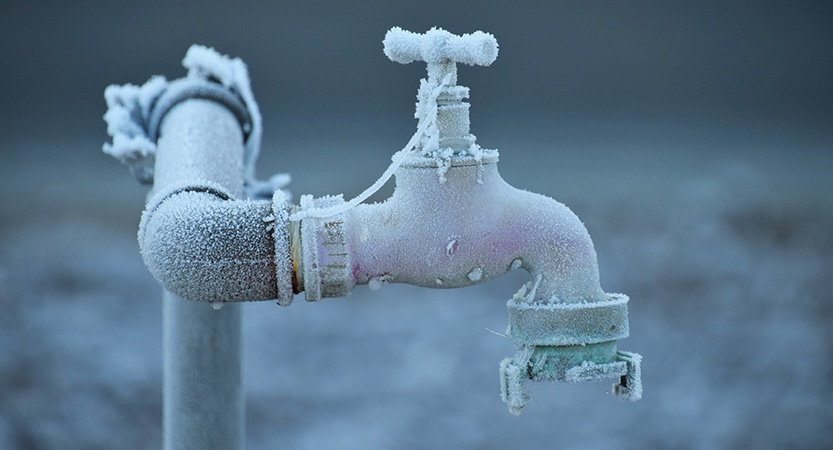Are you currently trying to find facts involving 6 Ways to Prevent Frozen Pipes?

Cold weather can wreak havoc on your pipes, specifically by freezing pipelines. Here's how to stop it from occurring and what to do if it does.
Introduction
As temperature levels decline, the threat of frozen pipelines boosts, possibly bring about pricey repair services and water damage. Comprehending exactly how to stop icy pipes is essential for property owners in cool climates.
Prevention Tips
Insulating vulnerable pipes
Wrap pipelines in insulation sleeves or use warmth tape to safeguard them from freezing temperatures. Concentrate on pipelines in unheated or external locations of the home.
Heating methods
Keep indoor spaces adequately heated, specifically areas with pipes. Open cupboard doors to allow warm air to distribute around pipes under sinks.
How to recognize frozen pipes
Seek decreased water circulation from taps, uncommon smells or sounds from pipes, and noticeable frost on exposed pipelines.
Long-Term Solutions
Structural modifications
Consider rerouting pipelines away from exterior wall surfaces or unheated areas. Include added insulation to attic rooms, cellars, and crawl spaces.
Upgrading insulation
Purchase top quality insulation for pipes, attic rooms, and walls. Correct insulation aids preserve constant temperature levels and lowers the risk of icy pipes.
Protecting Exterior Pipes
Yard hose pipes and outdoor faucets
Disconnect and drain pipes garden hoses before winter months. Mount frost-proof spigots or cover exterior taps with shielded caps.
Comprehending Icy Pipelines
What triggers pipelines to ice up?
Pipelines ice up when subjected to temperature levels below 32 ° F (0 ° C) for expanded durations. As water inside the pipelines freezes, it expands, putting pressure on the pipe walls and potentially triggering them to break.
Risks and damages
Frozen pipelines can result in supply of water interruptions, building damage, and expensive repair services. Burst pipelines can flood homes and create substantial structural damages.
Indicators of Frozen Pipes
Recognizing icy pipelines early can prevent them from breaking.
What to Do If Your Pipes Freeze
Immediate activities to take
If you suspect frozen pipelines, keep taps open up to relieve pressure as the ice thaws. Use a hairdryer or towels soaked in hot water to thaw pipes gradually.
Final thought
Avoiding icy pipelines needs aggressive measures and quick actions. By recognizing the reasons, signs, and safety nets, property owners can protect their pipes throughout cold weather.
6 Proven Ways to Prevent Frozen Pipes and Protect Your Home
Disconnect and Drain Garden Hoses
Before winter arrives, start by disconnecting your garden hoses and draining any remaining water. Close the shut-off valves that supply outdoor hose bibs and leave the outdoor faucet open to allow any residual water to drain. For extra protection, consider using faucet covers throughout the colder months. It’s also important to drain water from any sprinkler supply lines following the manufacturer’s directions.
Insulate Exposed Pipes
Insulating your pipes is an effective way to prevent freezing. Pipe insulation is readily available at home improvement stores and is relatively inexpensive. Pay close attention to pipes in unheated areas such as the attic, basement, crawl spaces, or garage. Apply foam insulation generously to create a buffer against the cold. You can also wrap your pipes in heat tape or thermostat-controlled heat cables for added warmth.
Seal Air Leaks
Inspect your home for any cracks or openings that could let in cold air. Seal any holes around the piping in interior or exterior walls, as well as the sill plates where your home rests on its foundation. Additionally, make sure to keep your garage door closed unless you’re entering or exiting. Leaving it open creates a significant air leak that can lead to frozen pipes.
Allow Warm Air Circulation
During cold snaps, it’s essential to allow warm air to circulate evenly throughout your home. Leave interior doors ajar to promote better airflow. Open kitchen and bathroom cabinets to help distribute heat consistently around the rooms. If you have small children or pets, be sure to remove any household chemicals or potentially harmful cleaners from open cabinets for safety.
Let Faucets Drip
A small trickle of water can make a big difference in preventing ice formation inside your pipes. When temperatures drop significantly, start a drip of water from all faucets served by exposed pipes. This continuous flow helps prevent the water from freezing. Additionally, running a few faucets slightly can relieve pressure inside the pipes, reducing the chances of a rupture if the water inside does freeze.
https://choateshvac.com/6-proven-ways-to-prevent-frozen-pipes-and-protect-your-home/

Do you enjoy more info about How to prepare your home plumbing for winter weather? Make a remark further down. We will be happy to know your thinking about this page. Hoping to see you back again in the near future. Enjoyed our content? Please share it. Let others locate it. We value reading our article about Winter Plumbing Precautions: Preventing Frozen Pipes.
Click Here To Find Out More